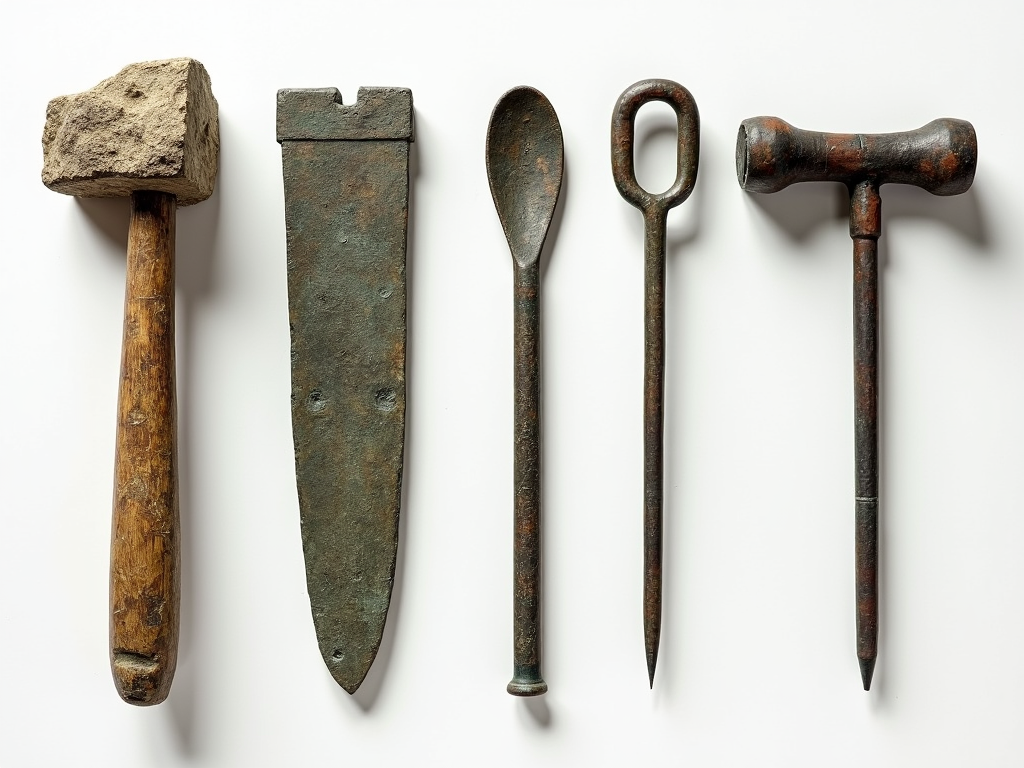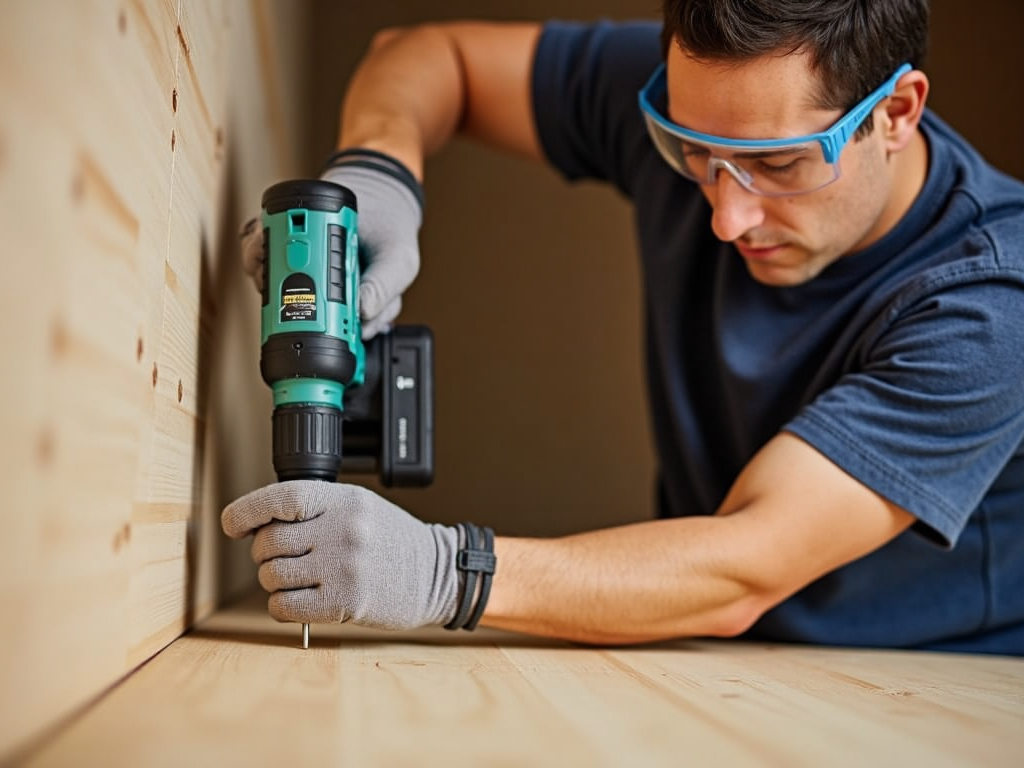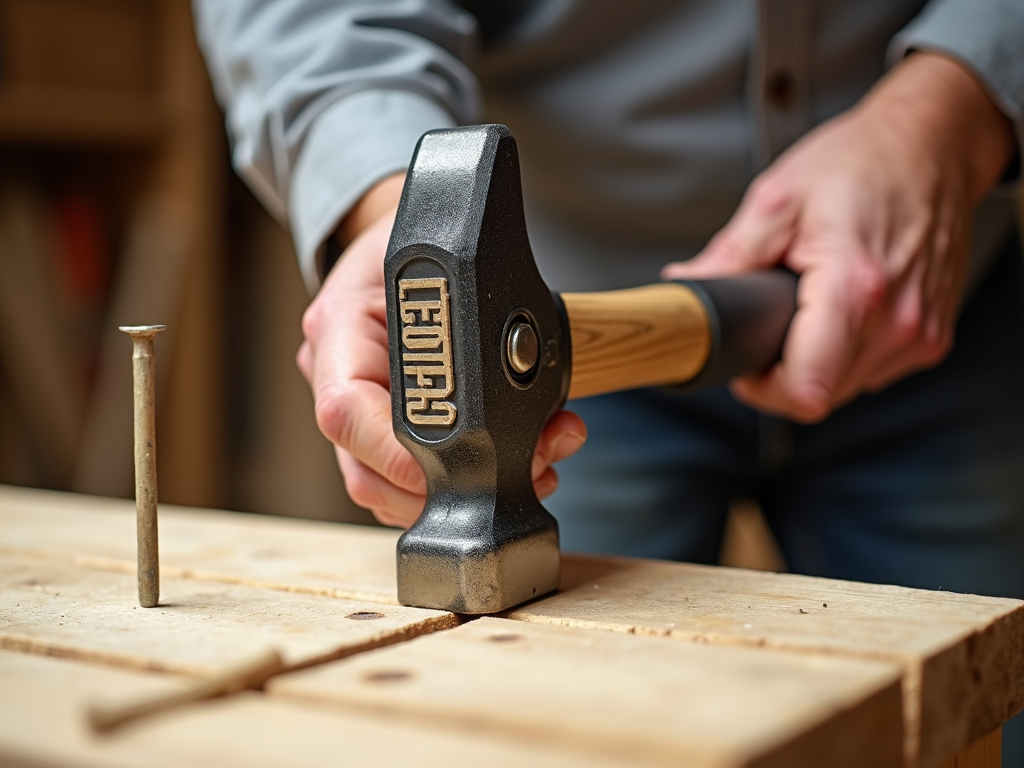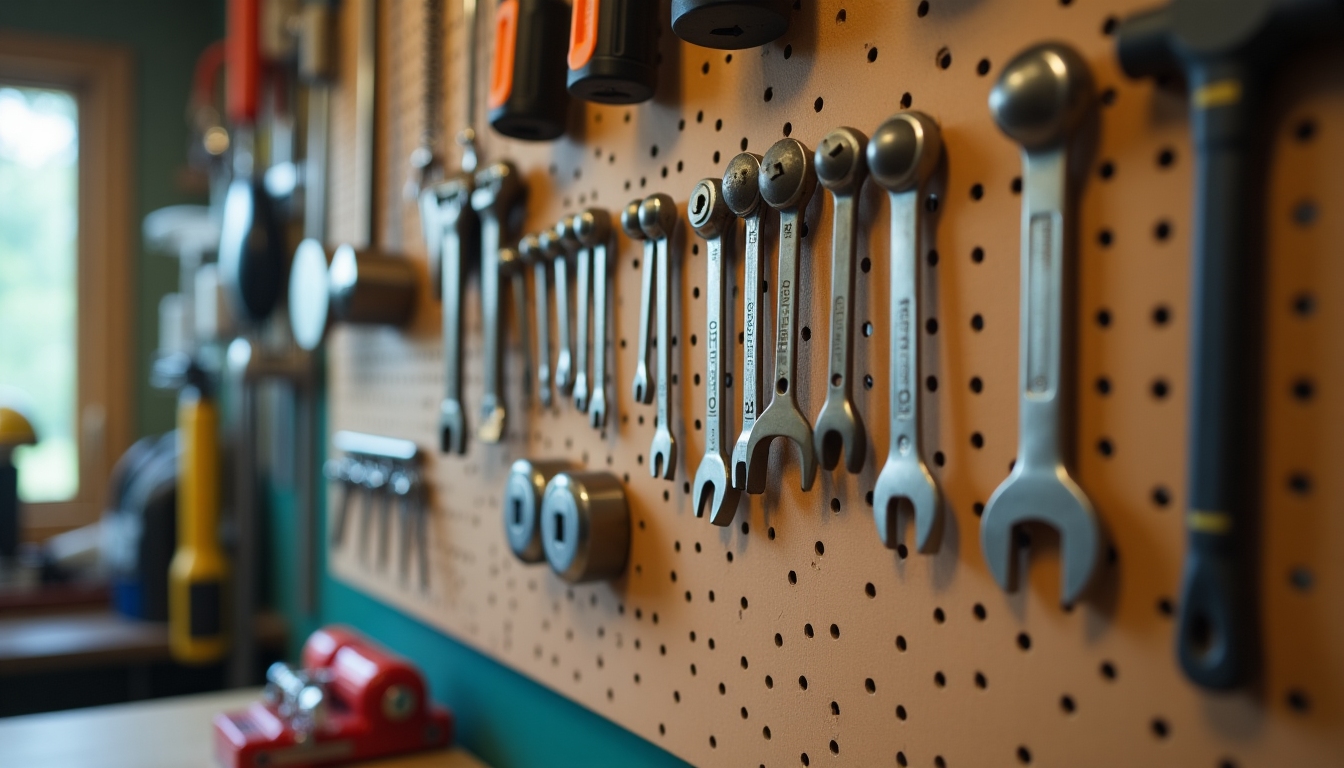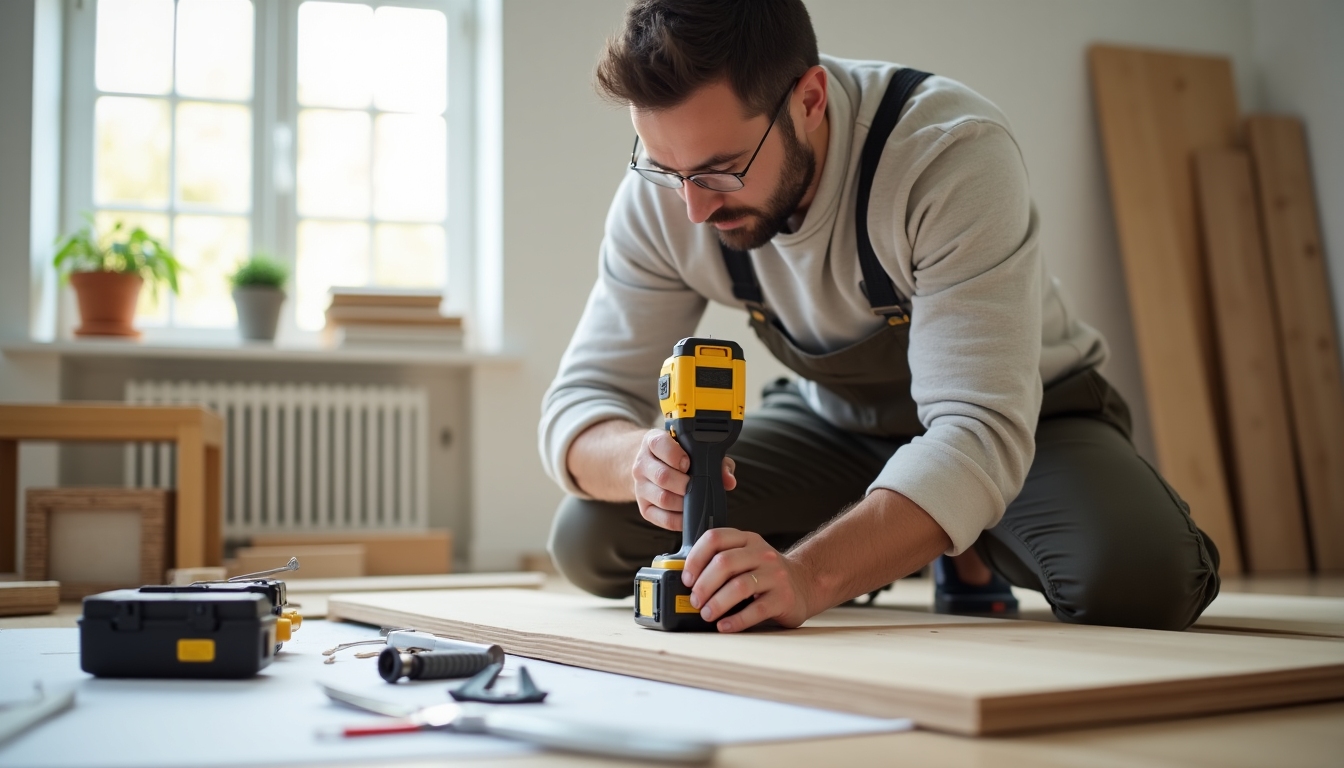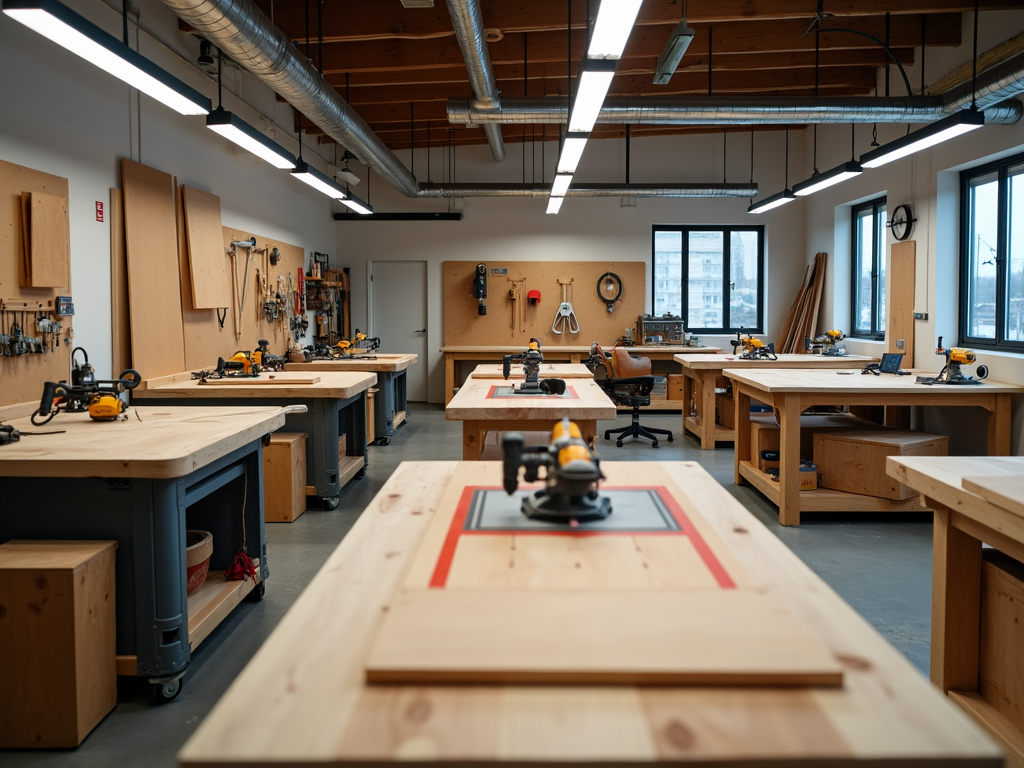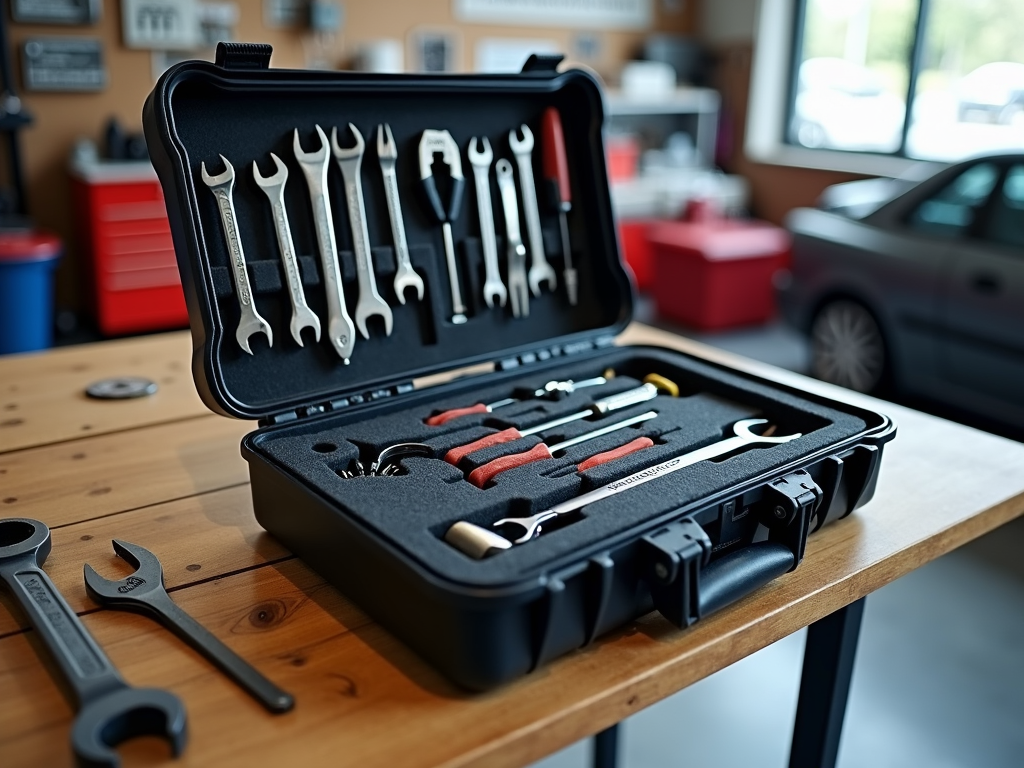Plumbing issues can be daunting for beginners, but with the right tools and knowledge, you can tackle common problems like leaky faucets, clogged drains, and running toilets. This guide will walk you through the basics of fixing these issues and introduce you to the essential tools every DIYer should have.
Leaky Faucets
Leaky faucets are one of the most common plumbing issues homeowners face. Not only are they annoying, but they can also waste a significant amount of water over time. The good news is that fixing a leaky faucet is often a straightforward task that you can do yourself.
Causes
Leaky faucets are usually caused by worn-out washers or O-rings inside the faucet handle. Over time, these parts can deteriorate, leading to water seeping through and causing the drip.
How to Fix
To fix a leaky faucet, you'll need to replace the worn-out washer or O-ring. Here's how:
- Turn off the water supply to the faucet. You can usually find the shut-off valves under the sink.
- Remove the faucet handle by unscrewing the screw that holds it in place. You may need to use a screwdriver or an Allen wrench for this step.
- Once the handle is removed, you'll see the cartridge or stem assembly. Remove this part as well.
- Inspect the washer or O-ring for signs of wear or damage. If it's worn out, replace it with a new one.
- Reassemble the faucet by putting the cartridge or stem assembly back in place and screwing the handle back on.
- Turn the water supply back on and check if the leak has stopped.
Tips
- Make sure to turn off the water supply before starting any repairs to avoid flooding.
- Take note of the type of faucet you have (compression, ball, cartridge, or ceramic disk) as the repair process may vary slightly.
- If you're unsure about the type of faucet or how to fix it, consult the manufacturer's instructions or seek help from a professional plumber.

Clogged Drains
Clogged drains are another common plumbing issue that can be frustrating to deal with. Whether it's a slow-draining sink or a completely blocked toilet, knowing how to unclog drains can save you time and money.
Causes
Clogged drains are usually caused by a buildup of hair, soap scum, food particles, or other debris in the pipes. In toilets, clogs can be caused by flushing inappropriate items like wipes or feminine hygiene products.
How to Fix
There are several methods you can use to unclog drains, depending on the severity of the clog.
For Minor Clogs
- Plunger: A plunger is a simple yet effective tool for unclogging drains. Place the plunger over the drain and push down firmly, then pull up quickly to create suction. Repeat this motion several times until the clog is dislodged.
- Boiling Water: Pouring boiling water down the drain can help dissolve grease or soap buildup. Be careful not to use this method on PVC pipes, as the heat can damage them.
For Stubborn Clogs
- Plumbing Snake: A plumbing snake, also known as a drain auger, is a flexible tool that can reach deep into the pipes to break up clogs. Insert the snake into the drain and turn the handle to maneuver it through the pipes. Once you feel resistance, rotate the snake to break up the clog.
- Chemical Drain Cleaners: While effective, chemical drain cleaners should be used as a last resort due to their harsh nature. Follow the manufacturer's instructions carefully and avoid using them on older pipes or septic systems.
Tips
- Regularly clean your drains by pouring a mixture of baking soda and vinegar down the drain, followed by hot water, to prevent clogs from forming.
- Avoid flushing items like wipes, cotton balls, or feminine hygiene products down the toilet, as they can cause clogs.
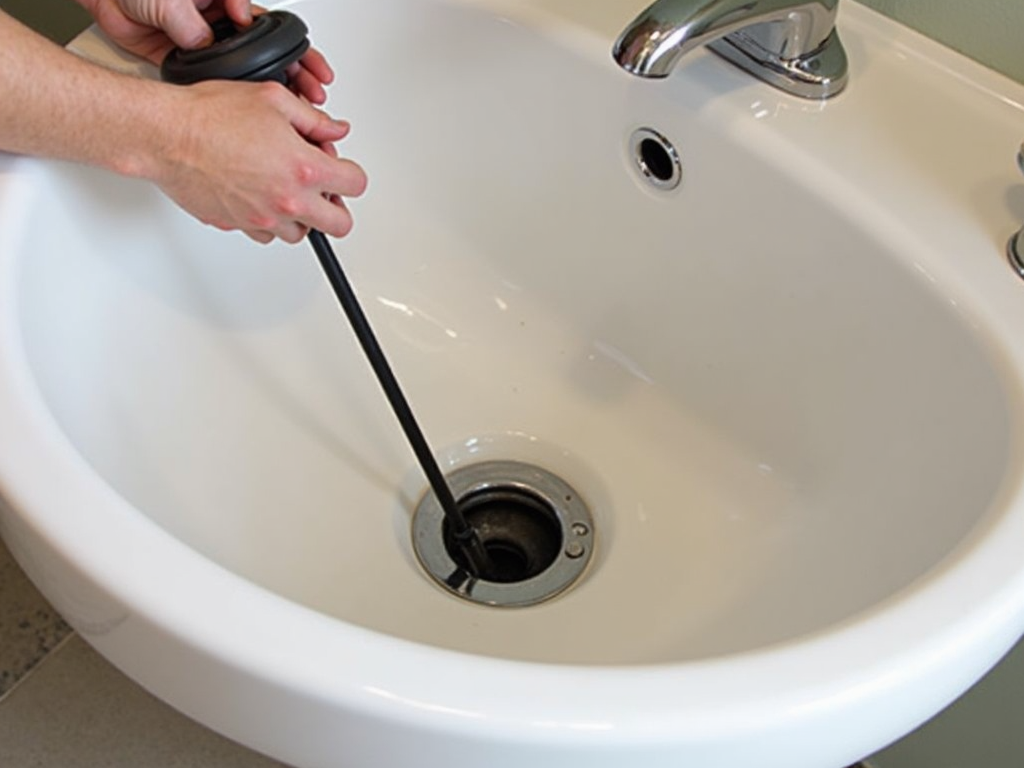
Running Toilets
A running toilet can waste a lot of water and increase your utility bills. Fortunately, fixing a running toilet is usually a simple task that you can do yourself.
Causes
Running toilets are often caused by a faulty flapper valve or a misadjusted fill valve. The flapper valve is responsible for sealing the tank and preventing water from flowing into the bowl when the toilet is not in use. If it's not sealing properly, water will continuously flow into the bowl, causing the toilet to run.
How to Fix
To fix a running toilet, you'll need to inspect the flapper valve and the fill valve.
- Remove the tank lid and check the flapper valve. If it's worn out or damaged, replace it with a new one.
- Check the fill valve to ensure it's adjusted correctly. The water level in the tank should be about an inch below the top of the overflow tube. If it's too high, adjust the float or the fill valve to lower the water level.
- If the flapper valve and fill valve are in good condition, check the flush handle and chain. Make sure the chain is not too tight or too loose, as this can prevent the flapper valve from sealing properly.
Tips
- Regularly inspect your toilet for signs of wear and tear, such as cracks in the tank or bowl, and replace any damaged parts promptly.
- Consider upgrading to a dual-flush toilet to save water and reduce your utility bills.
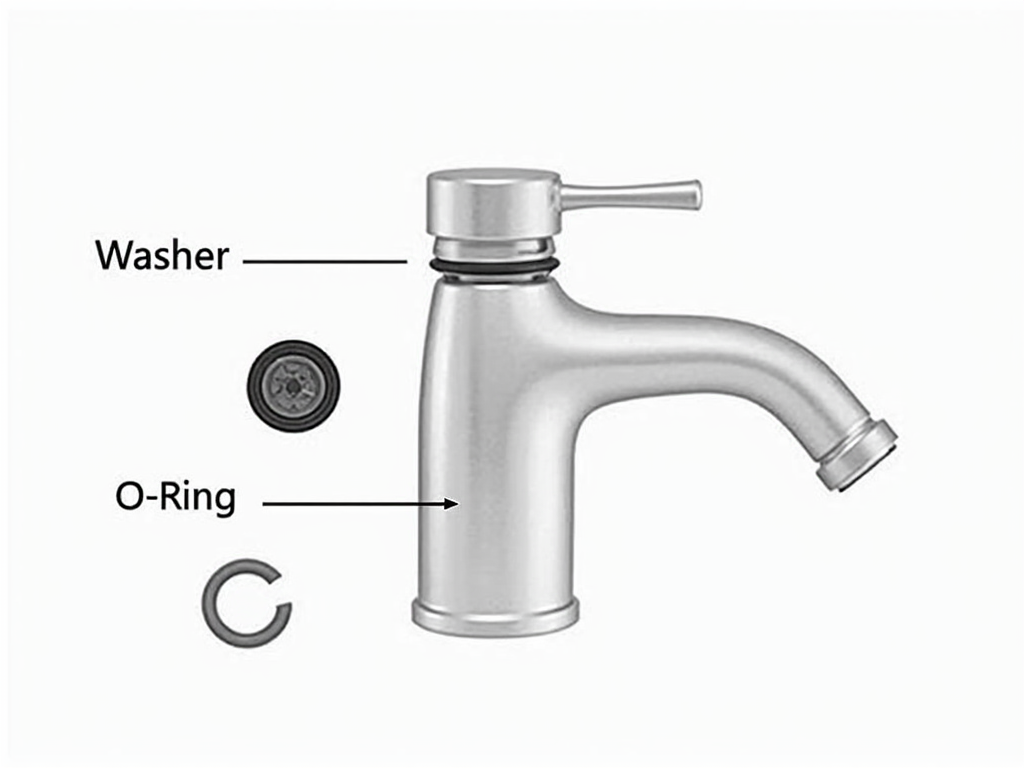
Low Water Pressure
Low water pressure can be frustrating, especially when you're trying to take a shower or wash dishes. While it can be caused by various factors, there are some common culprits that you can check.
Causes
Low water pressure can be caused by clogged aerators, leaky pipes, or issues with the municipal water supply.
How to Fix
To fix low water pressure, you'll need to identify the cause and take appropriate action.
- Check the aerators on your faucets. Aerators are small screens that can become clogged with debris over time. Remove the aerator and clean it thoroughly to improve water flow.
- Inspect your pipes for leaks. Leaky pipes can reduce water pressure and cause water damage. If you find a leak, repair it promptly or seek help from a professional plumber.
- If the low water pressure is affecting your entire house, contact your municipal water supplier to check if there are any issues with the water supply.
Tips
- Regularly clean your aerators to prevent clogs and maintain good water pressure.
- Consider installing a water pressure booster if you live in an area with chronically low water pressure.
Essential Plumbing Tools
To tackle these common plumbing issues, you'll need a set of basic tools. Here are the top 10 plumbing tools every DIYer should own:
- Adjustable Wrench: An adjustable wrench is a versatile tool that can be used to tighten or loosen nuts and bolts of various sizes.
- Pipe Wrench: A pipe wrench is specifically designed for gripping and turning pipes. It's essential for tasks like tightening or loosening pipe fittings.
- Plunger: A plunger is a must-have tool for unclogging drains and toilets.
- Plumbing Snake: A plumbing snake is useful for breaking up stubborn clogs in drains.
- Teflon Tape: Teflon tape is used to seal pipe threads and prevent leaks.
- Hacksaw: A hacksaw is handy for cutting through pipes or other materials.
- Pipe Cutter: A pipe cutter is a specialized tool for cutting pipes cleanly and accurately.
- Basin Wrench: A basin wrench is designed for tightening or loosening nuts in hard-to-reach places, such as under sinks.
- Plumber's Putty: Plumber's putty is used to create watertight seals around faucets and drains.
- Flashlight: A flashlight is essential for illuminating dark spaces, such as under sinks or in crawl spaces.
When choosing tools for your plumbing needs, consider the type of projects you'll be tackling and invest in high-quality tools that will last. Workman tools for plumbing projects are a good choice, as they are durable and reliable.

Personal Insights
I remember the first time I had to fix a leaky faucet in my bathroom. I was nervous because I had never done any plumbing work before, but I decided to give it a try. I watched a few YouTube tutorials and gathered the necessary tools. To my surprise, it wasn't as difficult as I thought it would be. I was able to replace the washer and stop the leak in less than an hour. Since then, I've tackled other plumbing issues around the house, and each time, I feel more confident in my abilities.
Another time, I had to deal with a clogged drain in the kitchen sink. I tried using a plunger, but it didn't work. So, I decided to use a plumbing snake. It took a bit of effort, but I was able to break up the clog and get the water flowing again. It was a satisfying feeling to know that I could handle these issues on my own without having to call a plumber.
I think it's important for homeowners to have a basic understanding of their home's plumbing system. Knowing where the shut-off valves are located and how to turn off the water supply can be crucial in case of an emergency. Additionally, learning how to fix minor issues yourself can save you time and money in the long run.
Fixing common plumbing issues doesn't have to be intimidating. With the right tools and a little know-how, you can save time and money by tackling these problems yourself. Remember to always turn off the water supply before starting any repairs and don't hesitate to seek help from a professional plumber if you're unsure about a particular issue.
Related Beginner’s Guide to Fixing Common Plumbing Issues:
- Choosing the Right Plumbing Tools for Your Home: A Comprehensive Guide
- Power Washer Troubleshooting and Repair: A Comprehensive Guide
- How to Balance Work and Life in the Trades
- The Ultimate Guide to Hand Tools
- How to Choose the Best Power Tools for Your Needs
- Ergonomic Hand Tools for Reduced Strain: A Comprehensive Guide
- Organizing Your Workshop: Maximizing Space and Efficiency
- Choosing the Best Power Tools for Home Projects: A Comprehensive Guide
- Advanced Safety Techniques for Experienced Metalworkers
- Innovative Workman Tools in 2024: A Game Changer for Workshops
- Tool Maintenance Tips for Mechanics: Keeping Your Tools in Top Shape
- How to Organize Your Tool Collection for Maximum Efficiency



